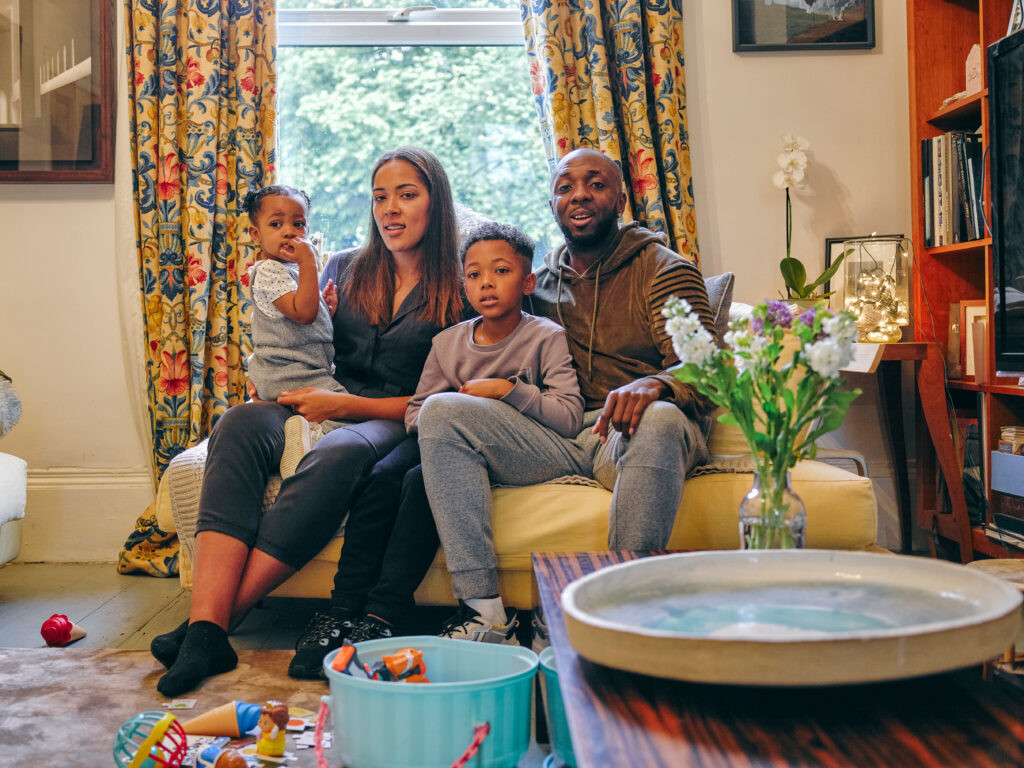Welsh Smokers are choosing between smoking, heating, or eating, as the cost of living deepens in Wales. Concerns have been …

The Senedd has voted to support the Legislative Consent Motion for the Tobacco and Vapes Bill, marking a …
The Senedd has voted to support the Legislative Consent Motion for the Tobacco and Vapes Bill, marking a …
The Wales Tobacco Control Alliance is calling on Members of the Senedd to back the Legislative Consent Motion …
New findings from ASH Wales’ Annual Adult Population Survey 2025 show strong public support for tougher tobacco laws …
Parents and carers across Wales are facing new challenges when it comes to nicotine. Whether it’s disposable vapes, …
To mark National Clean Air Day (19th June), we’ve teamed up with National Trust Cymru and RSPB to …
This year’s World Environment Day theme is clear: #BeatPlasticPollution. And while bottles, bags and straws often grab the …
Some people in Wales live longer and healthier lives than others, and that’s not just down to luck. Where we live, how much we earn, and what we can afford all have a big impact on our health. These differences are called health inequalities, and smoking is one of the biggest reasons they exist.
Health inequalities mean that some people in Wales live shorter, unhealthier lives than others, simply because of where they live, how much money they have, or their job. It’s unfair—and we’re here to change it. Smoking is one of the biggest reasons for these inequalities, but together, we can create a healthier, more equal future for everyone in Wales.
Health inequalities happen when people don’t have the same opportunities to be as healthy as others. Smoking is a key factor, it affects poorer communities more, making them more likely to suffer from serious illnesses like cancer, heart disease, and breathing problems. These inequalities trap families in cycles of poor health, making it harder to break free.
Smoking causes illnesses that stop people from working or looking after their families. It can lead to long hospital stays, ongoing health problems, and a lower quality of life.
Secondhand smoke harms everyone around it, especially children, leading to chest infections, asthma, and other breathing problems.
Smoking is expensive. Many families struggling with money find it even harder when buying cigarettes is part of their budget. Quitting smoking doesn’t just save lives—it frees up money for other important things.
For some, smoking feels like the only way to cope with stress or tough times. But the truth is, smoking adds more problems than it solves.
Welsh Smokers are choosing between smoking, heating, or eating, as the cost of living deepens in Wales. Concerns have been …
With cigarettes costing £10 a packet and nearly of quarter of Welsh residents living in poverty, ASH Wales is asking, …
Health professionals in Wales are calling for immediate action to better support those with mental ill health to quit smoking as …
New health statistics released today (Thursday 29th June) show the number of smokers in Wales is at a record low …
ASH Wales, the charity that protects children from becoming addicted lifelong smokers, has today launched an exciting new initiative to …
Your support helps us create impactful campaigns and provide free resources to schools and communities across Wales. Every donation brings us closer to a smoke-free generation.
